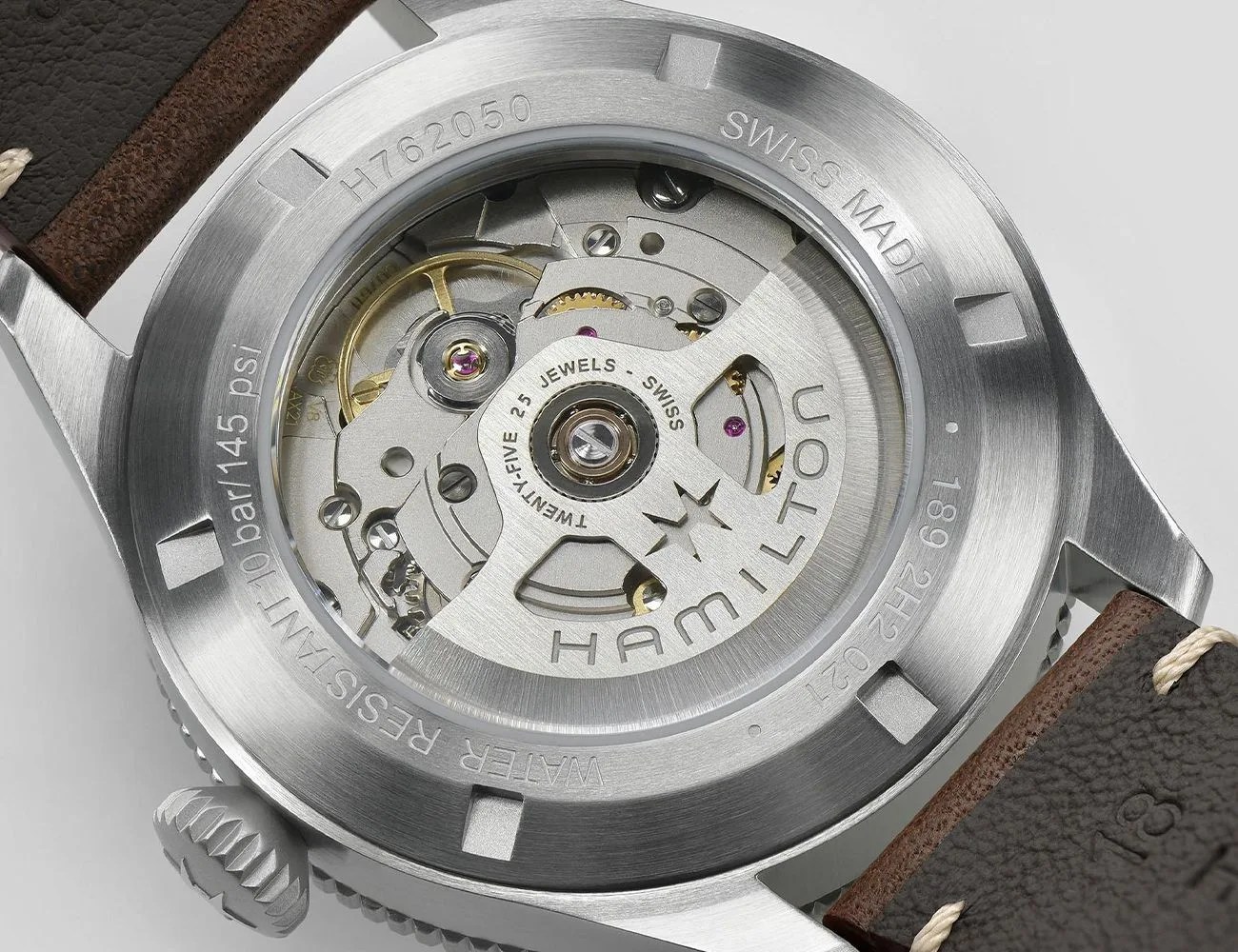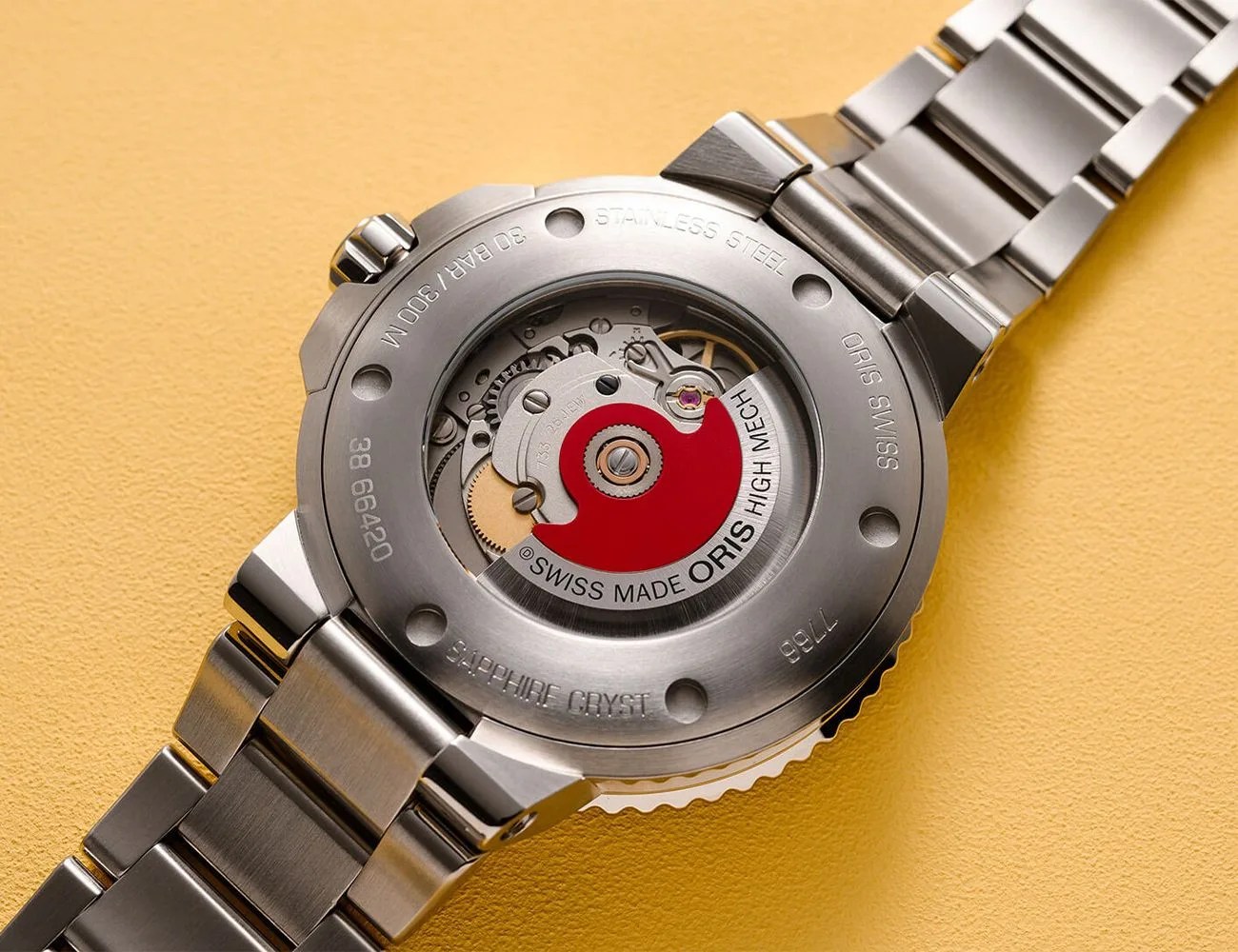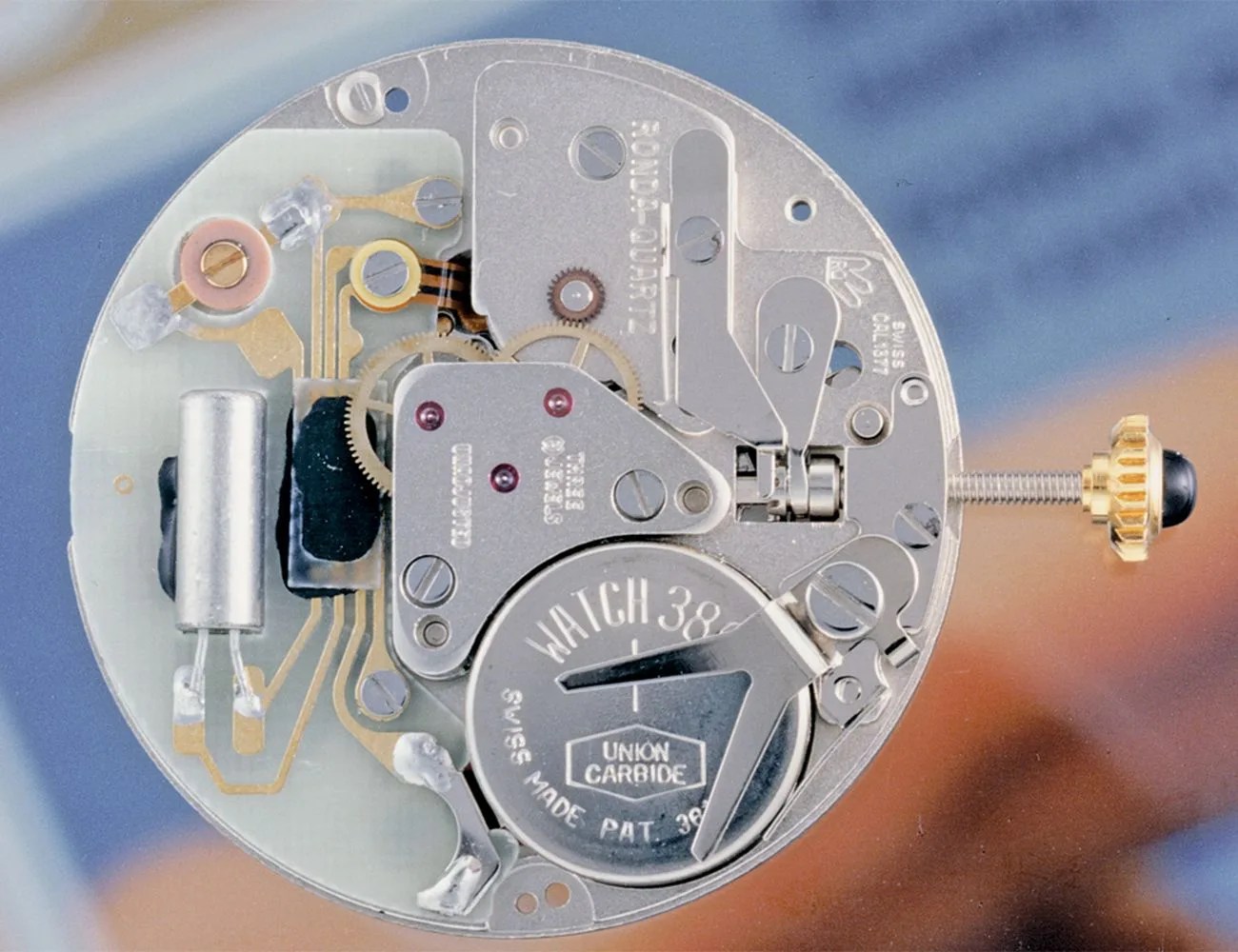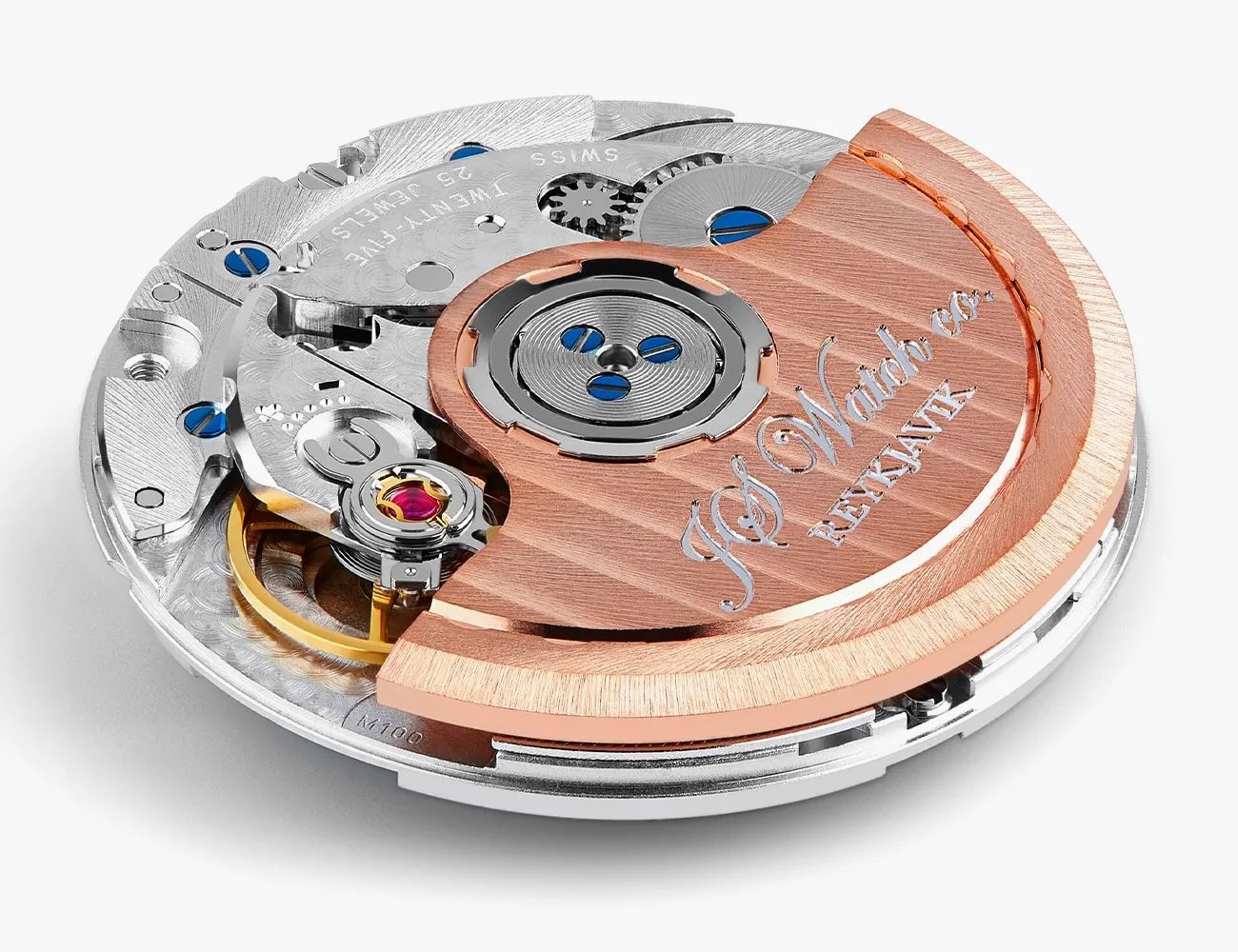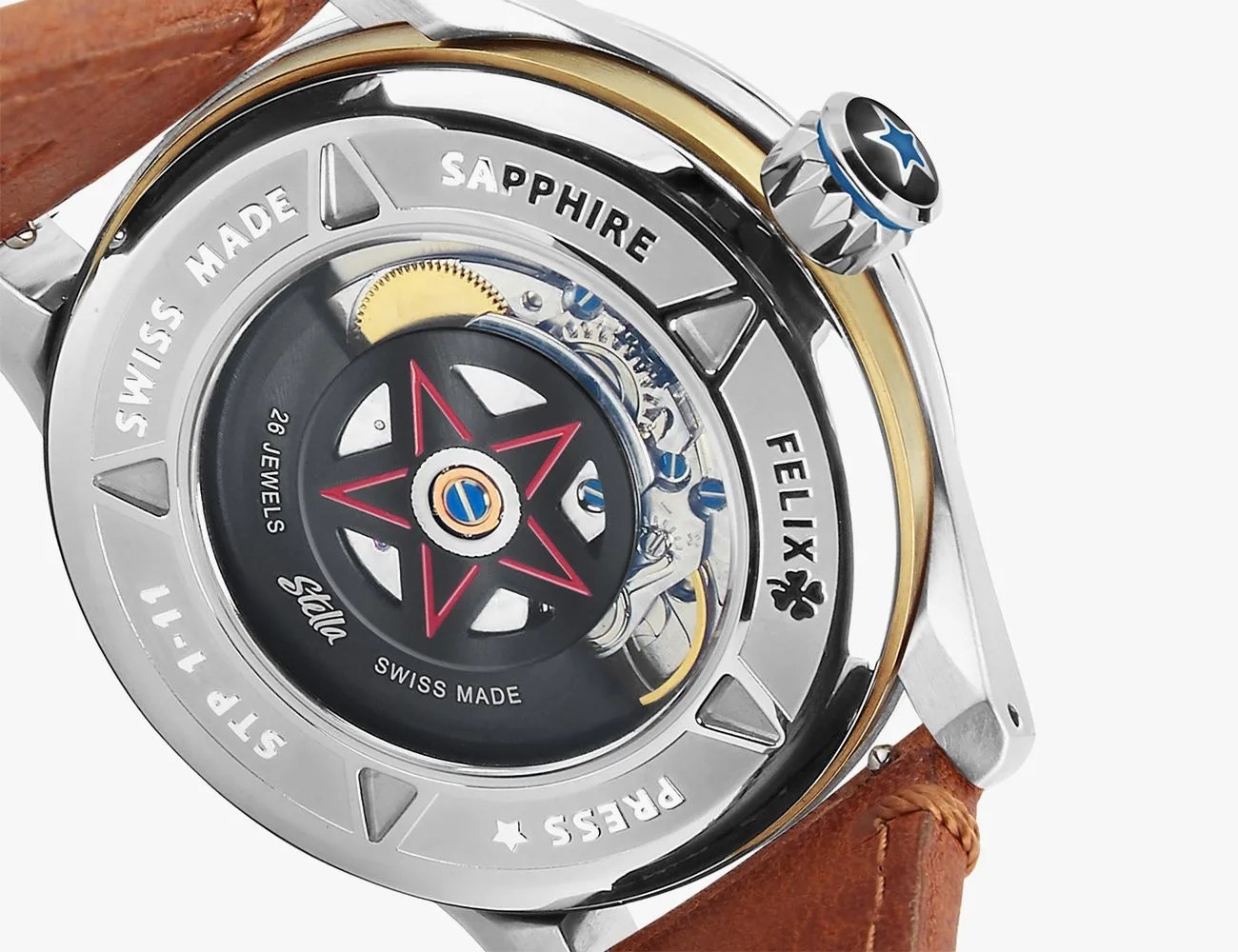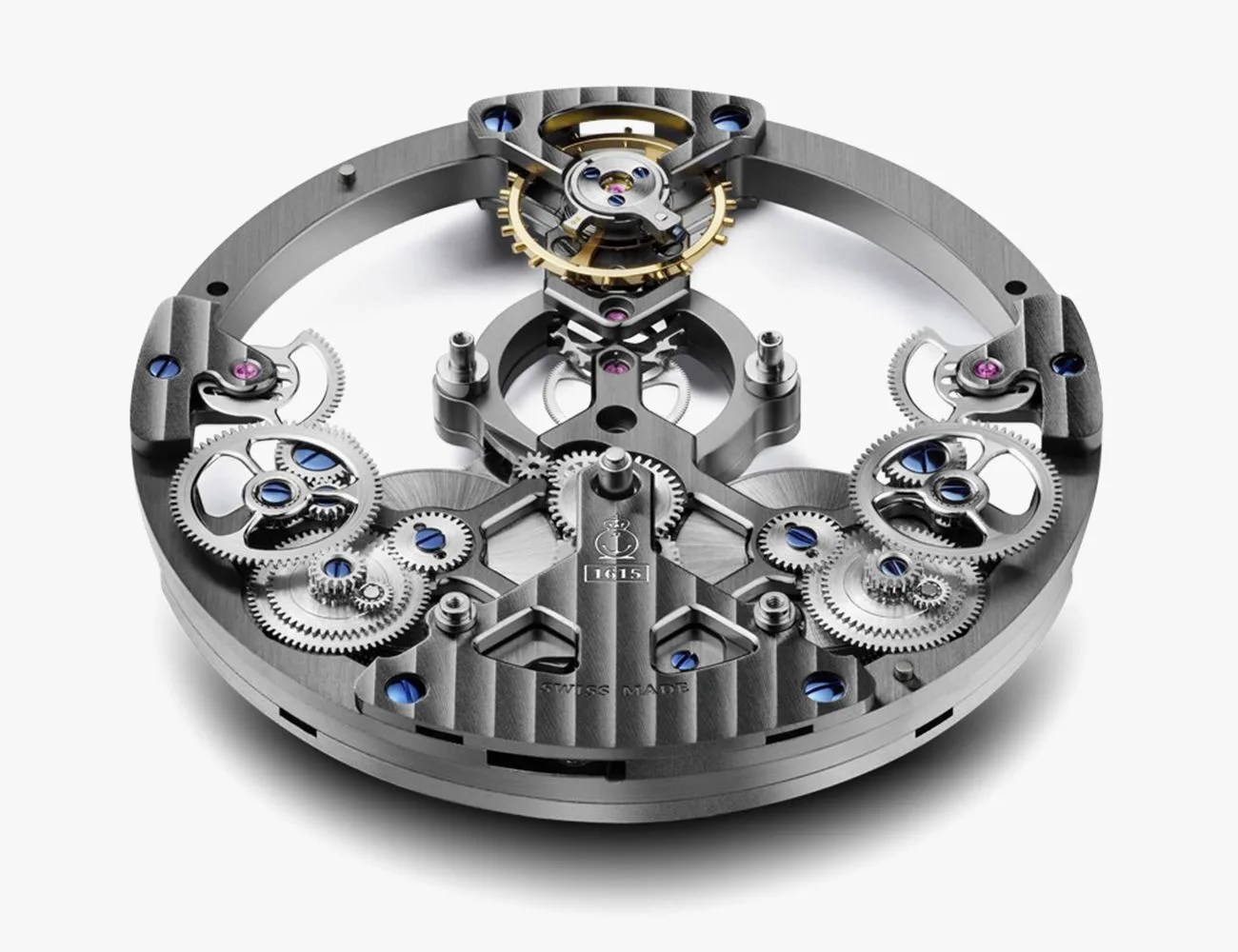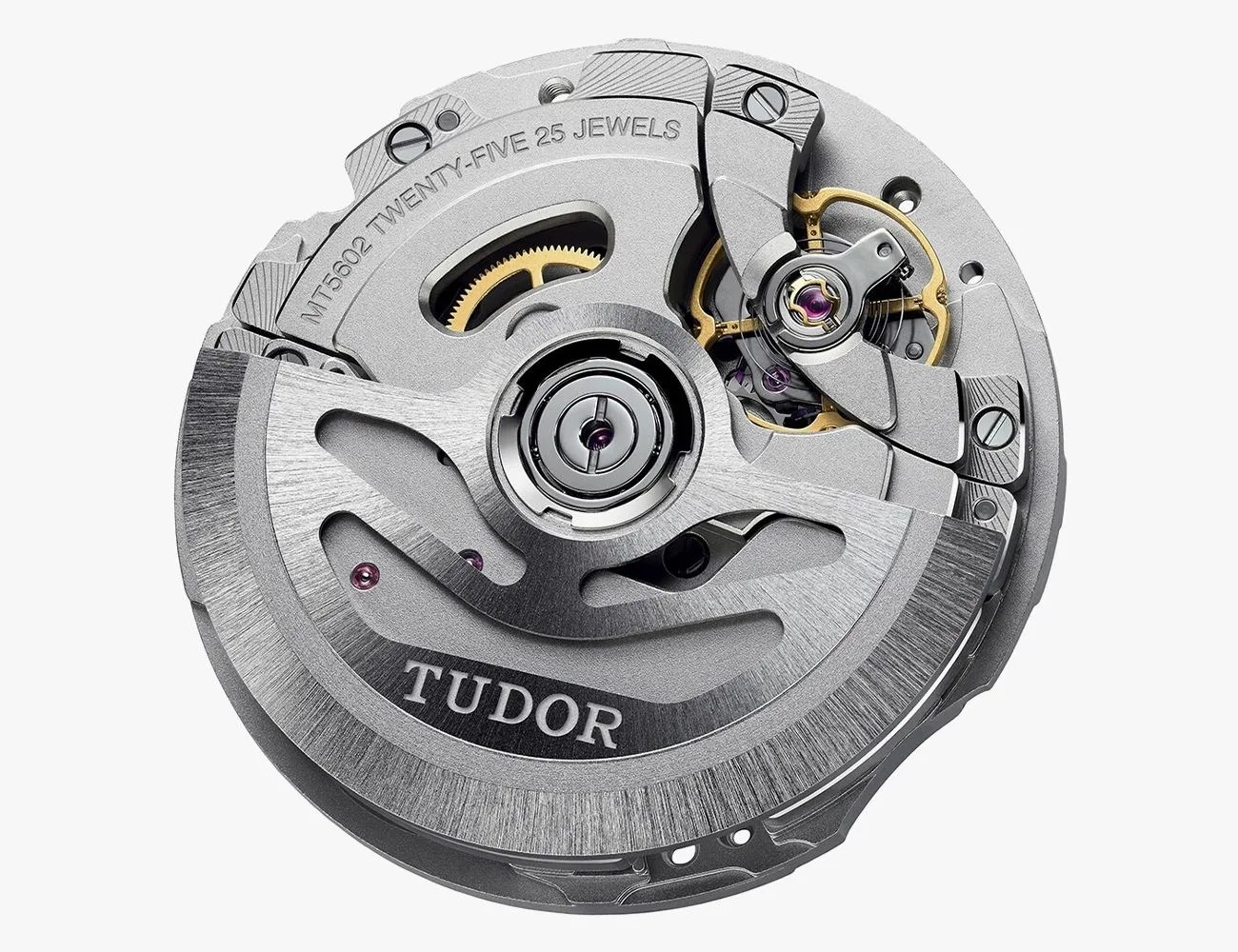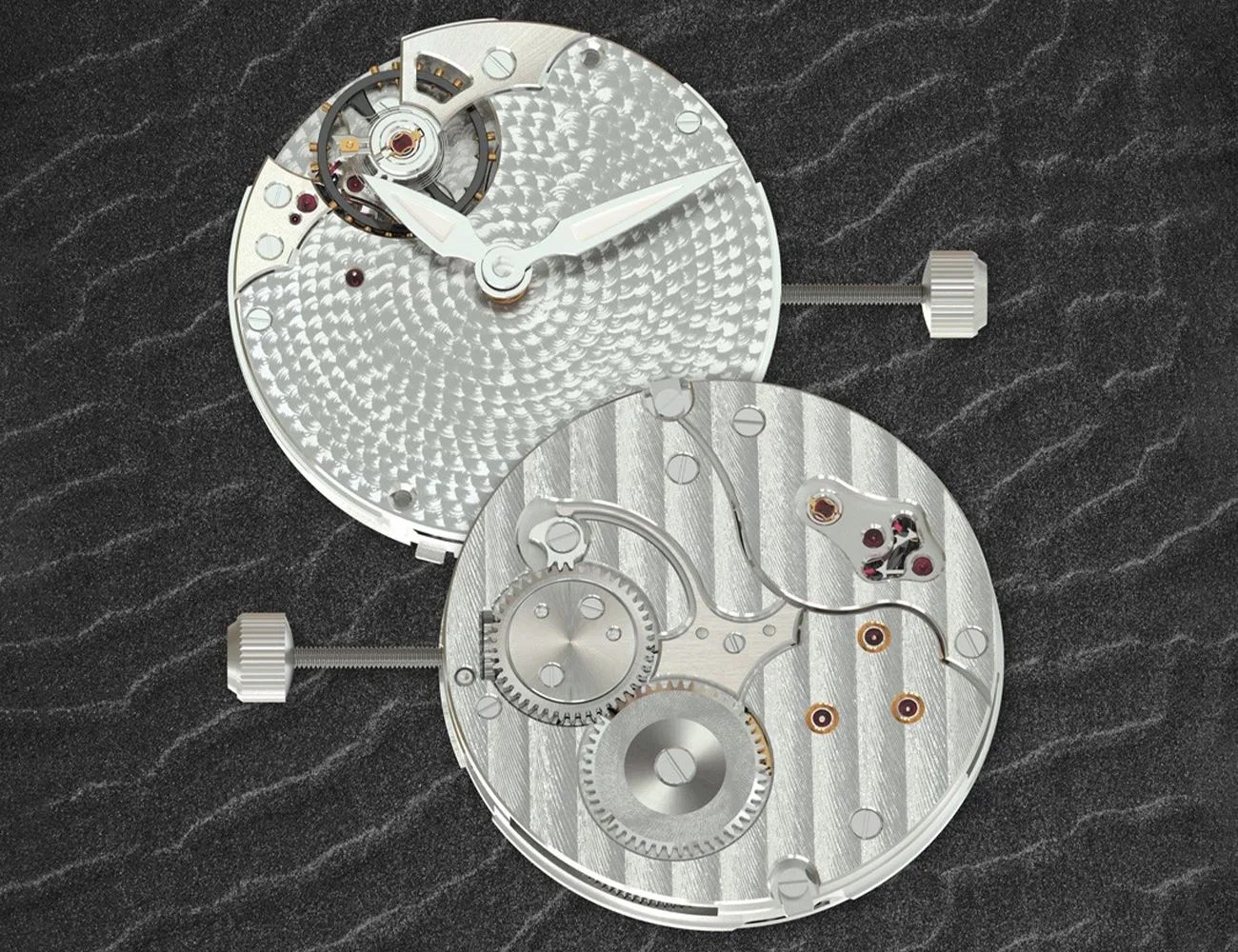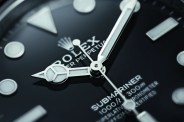Want to simplify your search for a nice watch? Look for the quality assurance of a “Swiss Made” label or a watch with a Swiss-made movement. But with such a broad and potentially technical topic, where to begin if you just want to make an informed watch purchase? Learning about the companies that make movements for a range of watch brands ain’t a bad starting point.
The movement (also sometimes called caliber or calibre) is the engine inside that powers a watch, and it’s a big part of what you’re paying for. Switzerland has a vast economy built around watches. It includes watch companies that make their own movements in-house and artisans that make delicate, complicated movements by hand for watches that probably only belong in a safe or museum. There are also companies producing the simple, robust and relatively affordable “workhorse” movements that power, say, your trusty field watch. And there’s plenty in between.
Yes, you’ll often find the same movements in a wide range of watches, battery-powered quartz or spring-powered mechanical, with different brand names on their dials. There’s more variety and nuance in Swiss watch movements than you can shake a stick at, but understanding just a handful of companies that make movements used by multiple brands will serve you well as a consumer. If you’re looking at watches with movements from any of the following makers, you’re off to a good start.
Are Swiss watch movements good?
There’s a reason that Swiss watch movements are the industry standard: they’re renowned for their general quality, reliability and precision. Probably (arguably) many of the “best” watch movements in the world are Swiss, whether that means the most complicated, most accurate, have the best finishing or even offer the best value. (Debate amongst yourselves.) The movements we’re talking about here, however, are those made by companies that supply them to watch brands.
Is a Swiss watch movement 100 percent Swiss?
When a watch qualifies for the Swiss Made label, it means that its movement also has. Specifically, 50 percent of the value of its parts must be generated in Switzerland (excluding assembly), and 60 percent of its overall manufacturing costs. Many exceed those criteria, while others might make special efforts to meet them. It’s worth noting that a “Swiss Made” watch will have a Swiss movement inside, but it’s not necessarily the other way around: a watch with a Swiss movement doesn’t necessarily meet the other criteria for the label.
What is a watch movement clone, and should I care?
There are certain very robust and popular movements of which other companies have essentially made their own copies, and they’re referred to as “clones.” These shouldn’t be understood as fakes, and they’re completely legal. The most commonly cloned movement is the ETA 2824 movement which was introduced in 1982 and for which the patents have expired.
The movements other companies have produced based on ETA’s design (sometimes with minor tweaks) can be perfectly legitimate and are not necessarily inferior. They might not be bursting with originality, but they offer watchmakers a canvas for creativity. The Sellita SW-200 movement is a common example of an ETA 2824 clone, and there are plenty of others.

